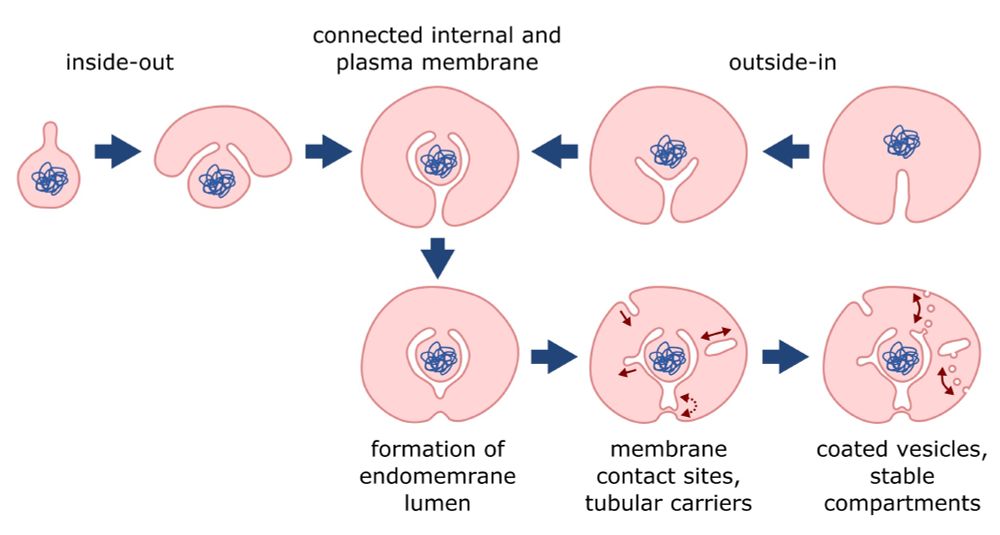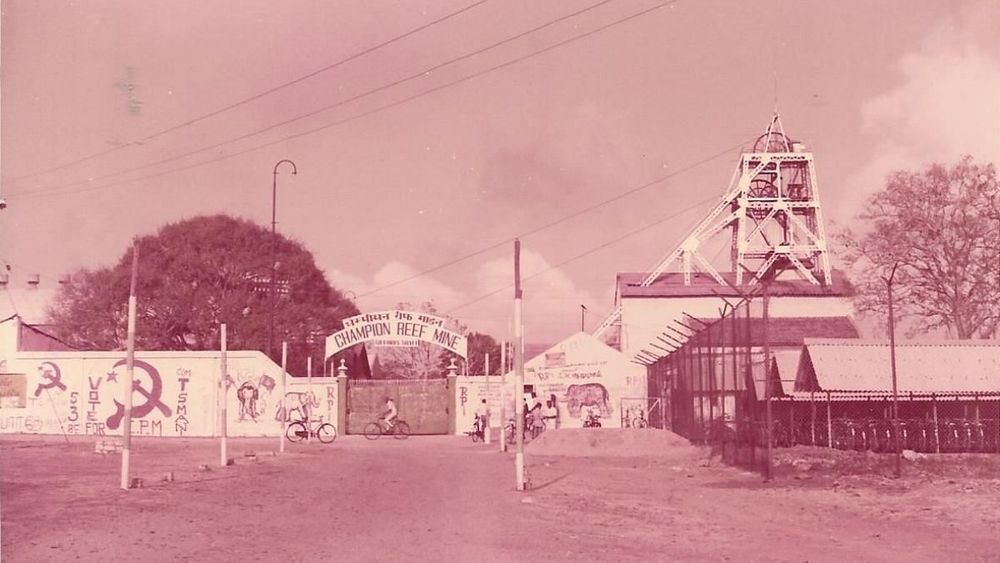
Carl Sagan is the reason I became a scientist, it was a dream come true to be accepted into his class.
But he was suffering from cancer, and unable to teach. I never met him. He died a year later, aged 62.
Sagan would have been 90 this November.
Our conversation went far beyond career advice, covering how living systems work, the role of math in the life sciences, and where groundbreaking discoveries in biology come from.
youtu.be/wZeUX3G13pk?...

Our conversation went far beyond career advice, covering how living systems work, the role of math in the life sciences, and where groundbreaking discoveries in biology come from.
youtu.be/wZeUX3G13pk?...
www.loc.gov/collections/...
www.loc.gov/collections/...
New preprint: ecoevorxiv.org/repository/v...
Here’s the idea. 🧵

New preprint: ecoevorxiv.org/repository/v...
Here’s the idea. 🧵
It features a broad lineup of topics and interesting talks, with speakers from across Asia and the world. pub.confit.atlas.jp/en/event/acm...
It features a broad lineup of topics and interesting talks, with speakers from across Asia and the world. pub.confit.atlas.jp/en/event/acm...
www.thehindu.com/society/indi...

www.thehindu.com/society/indi...
www.science.org/doi/10.1126/...
MIT played an outsized role in pre- and post-independence India, beginning with the first Indian student in 1882 (when MIT was barely two decades old!) digital-exhibits.libraries.mit.edu/s/south-asia...

MIT played an outsized role in pre- and post-independence India, beginning with the first Indian student in 1882 (when MIT was barely two decades old!) digital-exhibits.libraries.mit.edu/s/south-asia...






"How Science Speaks" with science writers @anilananth.bsky.social and @simonsinghnerd.bsky.social, astrophysicist Annapurni Subramaniam, and structural biologist Venki Ramakrishnan.
It's free, do attend!
bangaloreliteraturefestival.org/year-2024/sc...

"How Science Speaks" with science writers @anilananth.bsky.social and @simonsinghnerd.bsky.social, astrophysicist Annapurni Subramaniam, and structural biologist Venki Ramakrishnan.
It's free, do attend!
bangaloreliteraturefestival.org/year-2024/sc...


The closely related Chinese muntjac has 23 pairs of chromosomes, just like humans.
en.m.wikipedia.org/wiki/Souther...
The closely related Chinese muntjac has 23 pairs of chromosomes, just like humans.
en.m.wikipedia.org/wiki/Souther...

If you want a feel for this search process, you should play Quintimble.
quintumble.com

If you want a feel for this search process, you should play Quintimble.
quintumble.com
www.newyorker.com/magazine/202...

If you visit Science Gallery Bengaluru's Sci560 exhibit, you can see original artefacts from those historic experiments.
theprint.in/science/how-...

If you visit Science Gallery Bengaluru's Sci560 exhibit, you can see original artefacts from those historic experiments.
theprint.in/science/how-...
Carl Sagan is the reason I became a scientist, it was a dream come true to be accepted into his class.
But he was suffering from cancer, and unable to teach. I never met him. He died a year later, aged 62.
Sagan would have been 90 this November.

Carl Sagan is the reason I became a scientist, it was a dream come true to be accepted into his class.
But he was suffering from cancer, and unable to teach. I never met him. He died a year later, aged 62.
Sagan would have been 90 this November.

